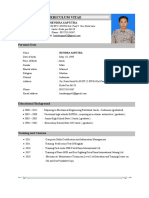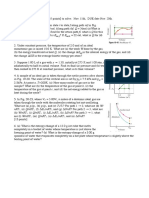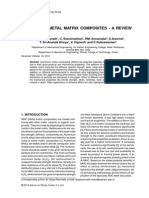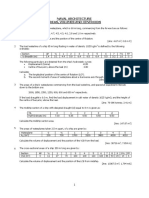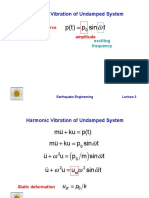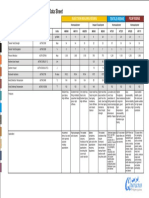0% found this document useful (0 votes)
162 views33 pagesSolution
The document contains a series of physics, chemistry, and mathematics problems, each with multiple-choice answers. It covers topics such as mechanics, thermodynamics, electrostatics, chemical reactions, and combinatorics. The problems are structured in sections and include various scenarios and calculations related to the respective subjects.
Uploaded by
AditiCopyright
© © All Rights Reserved
We take content rights seriously. If you suspect this is your content, claim it here.
Available Formats
Download as PDF, TXT or read online on Scribd
0% found this document useful (0 votes)
162 views33 pagesSolution
The document contains a series of physics, chemistry, and mathematics problems, each with multiple-choice answers. It covers topics such as mechanics, thermodynamics, electrostatics, chemical reactions, and combinatorics. The problems are structured in sections and include various scenarios and calculations related to the respective subjects.
Uploaded by
AditiCopyright
© © All Rights Reserved
We take content rights seriously. If you suspect this is your content, claim it here.
Available Formats
Download as PDF, TXT or read online on Scribd
/ 33




























































